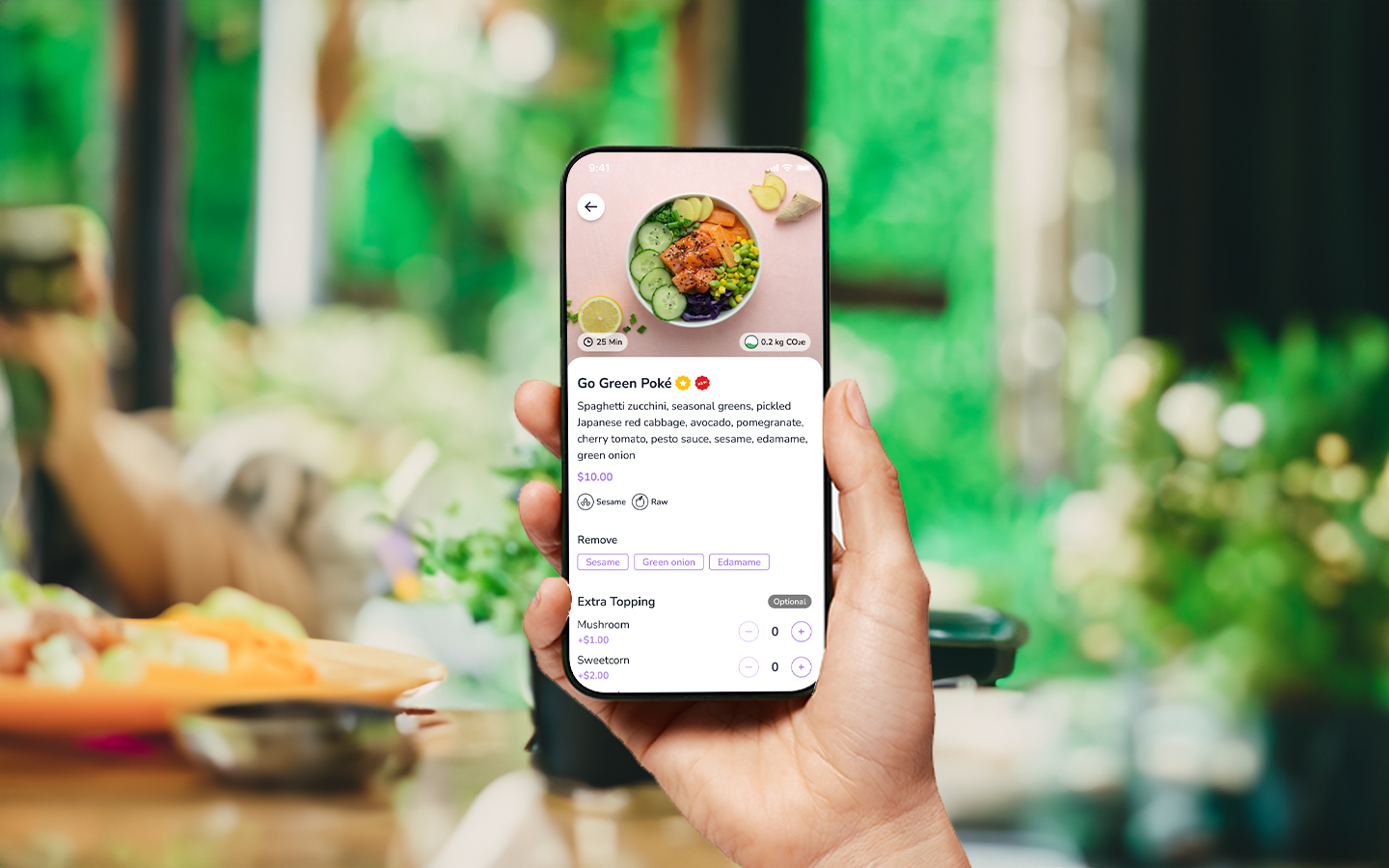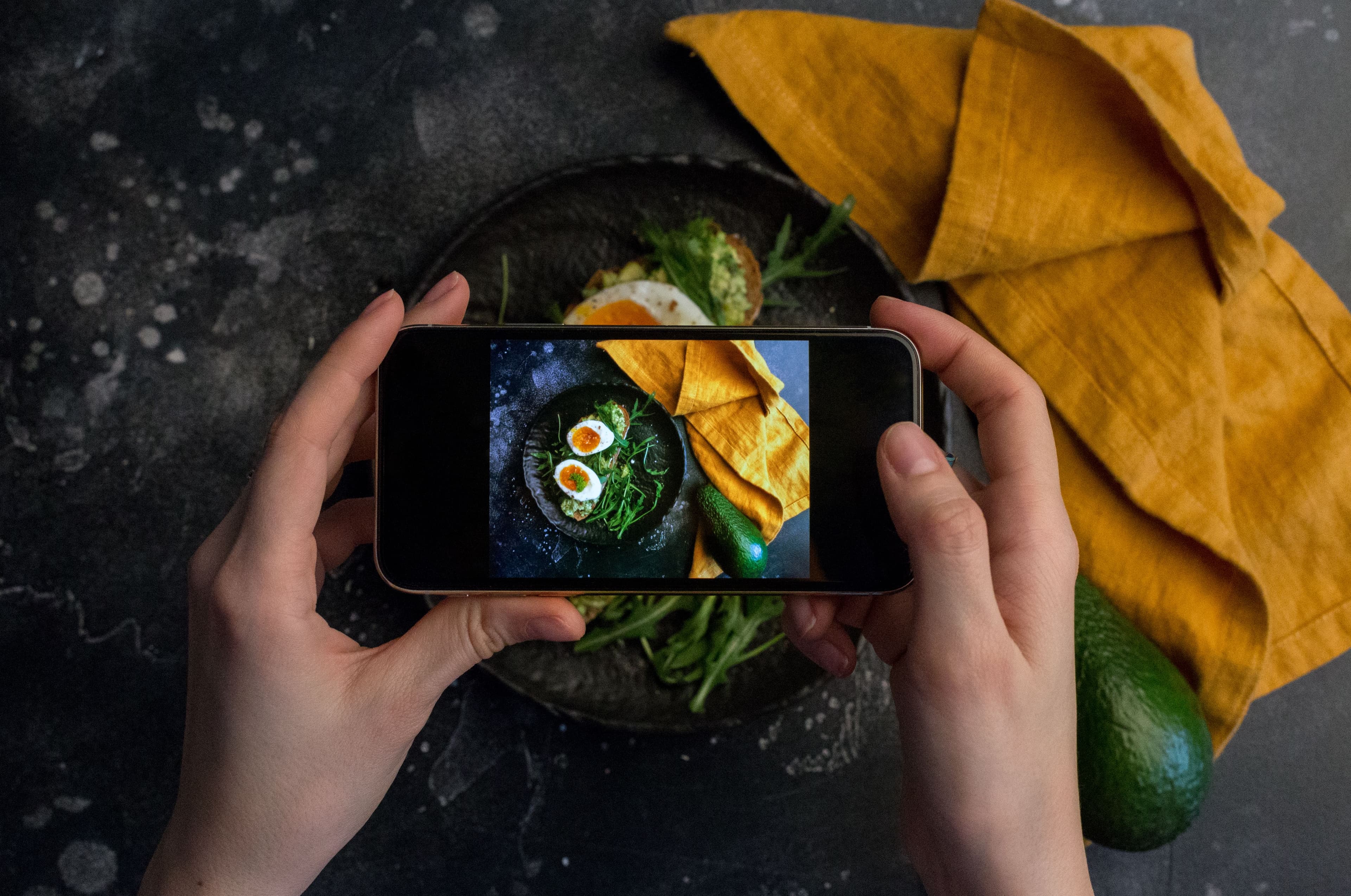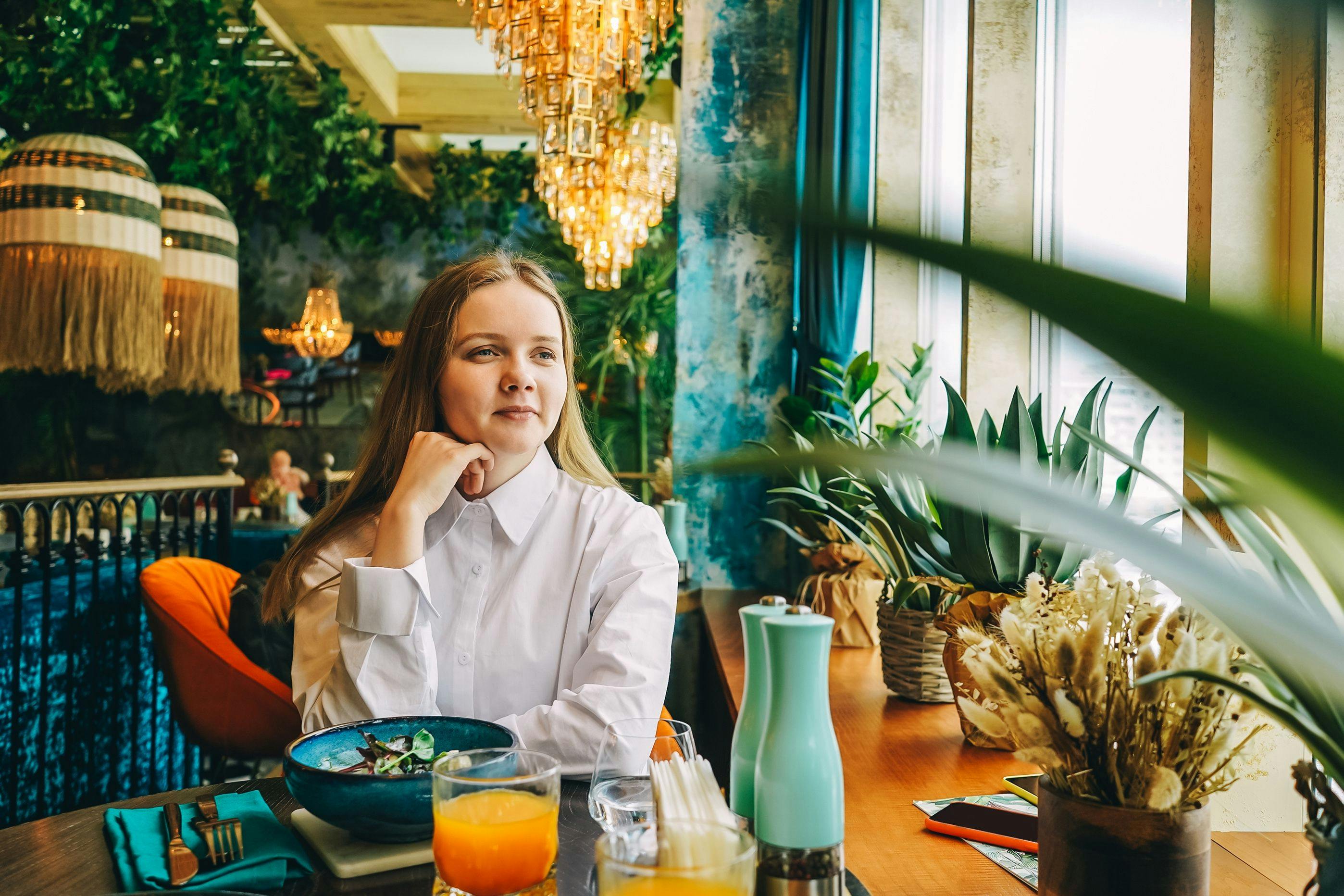Writing a working and successful menu isn’t everyone’s cup of tea. As restauranteurs, we need to understand what makes a menu great or dull. It is normally a time-consuming task that requires an in-depth look into the psychology of colors, stages of hunger, and the art of selling more of what you want. We will be providing here a timeless and priceless summary of how to write menu descriptions in this article, so tune in.
It is possible to design and write a top menu to increase your profits with a little consumer behavior research, confidence in your own menu, and the right language and concept that best suits your restaurant. Let’s go through the most important aspects of a great menu along with interesting facts every food business owner must know.
Colors and Design
Did you know that orange, deep yellow tones, and fresh greens are known to engage hunger? Well, now you do. These colors simply make people feel hungry, or hungrier than they actually are. Therefore, mastering color psychology is important in food marketing. Fruitful to draw attention, terracotta, and shades of red can be used to highlight Chef’s specials and other menu items that you wish to move quickly.
Remember that your menu is best designed in harmony with your decor colors and vibe, as well as the concept of your restaurant. If you own a fine dining venue, using pop colors may not suit the whole picture.
If you are using restaurant software that supports tablets and menu design, you can choose and change the concept of your menu and its contents in a breeze. Loveable, that is!
Keep It Informative But Creative
When writing an optimally working menu, you want to provide as much information as possible in little wording. No one wants to read pages of food literature when hungry. Keep your menu descriptions tidy and explanatory. If you are using Swiss cheese in the Cheeseburger, mention it. You don’t need to reference what village in Switzerland the cheese originates from, though. The same rule goes for food titles. Making it appealing, delicious, and irresistible rather than dull is the way to go.
Let’s roll a menu example of the same item articulated in 2 different ways;
Veggie Burger: Lettuce, tomatoes, vegetarian patty, soft bread with side chips.
Or
Farmer’s Gourmet Burger: Delicious beet patty, organic hummus salsa, colorful garden greens served with hand-cut herb fries.
Which one do you think is more appealing? (hint: the latter).
Another related topic is that tags such as organic, vegan, vegetarian, gluten-free, nut-free, etc. are quite adequate to use. They simply make guests with allergies and different nutrition choices respected and cared for, and as a result, they really appreciate your menu from first sight. This type of rapport-building helps to sell more items, and people tend to leave more generous tips and better reviews.
Positioning
Just the way supermarkets and boutiques strategize which items are placed where a menu works no differently. You want to place the essentials on the left-hand side (soft drinks, garlic bread, water, etc.) and what you actually want to sell or highlight on the right-hand side.
You can also design your menu in a way that your combos and platters are framed in the middle. The middle is the center of attention.
Pictures
Design and appeal go hand in hand when creating an appetite for the delicacies listed on your menu. Creating appetite would be the only two words if we had to describe a menu designer’s job description.
Food porn, on the other hand, is a thing. It’s on almost everything people post on social media. Getting people to dream about what a menu item would taste like is VERY important and best illuminated in pictures. You can get away with mediocre pictures of your food, but why would you do that? Get the best pictures taken of your plates the way they are served to the table. Vibrant colors, great plating, and the correct depth of field will suffice.
Do make sure not to go overboard. Your food must look very similar to how it will be presented on your guests’ table or takeaway dish. No one likes to be disappointed after seeing the mouthwatering picture of a signature item, which on the plate looks more like a sad, brown banana.
Adopting a Digital Menu
customer self-service order drinks menu with tablet screen at cafe counter bar, seller coffee shop accept payment by mobile. digital lifestyle concept.Blank space for display of design
Up until a couple of years ago, guests would take turns handling communal menus, which were cleaned at the start or conclusion of each shift. In the aftermath of the pandemic, disinfecting each guest is essential, and so is digitalization.
Creating disposable paper menus that serve as placemats and are destroyed after each use is one approach, but it is an environmentally quite irresponsible one. Another strategy is to use digital, a.k.a. a QR menu, so that your guests can download the menu to their own smartphone. Tablets are also commonly used as menus these days, and they offer more than one convenience. Guests can browse with ease and fun and do so much more on a tablet menu than on a traditional printed menu. Restaurant owners, on the other hand, can design and change seasonal menu items in the blink of an eye, without spending on a graphic designer or a printer several times a year.
The disinfectable and interactive tablet menu offered by FineDine is definitely an all-in-one solution for the smart restauranteur who wants to increase profits while minimizing workload.


